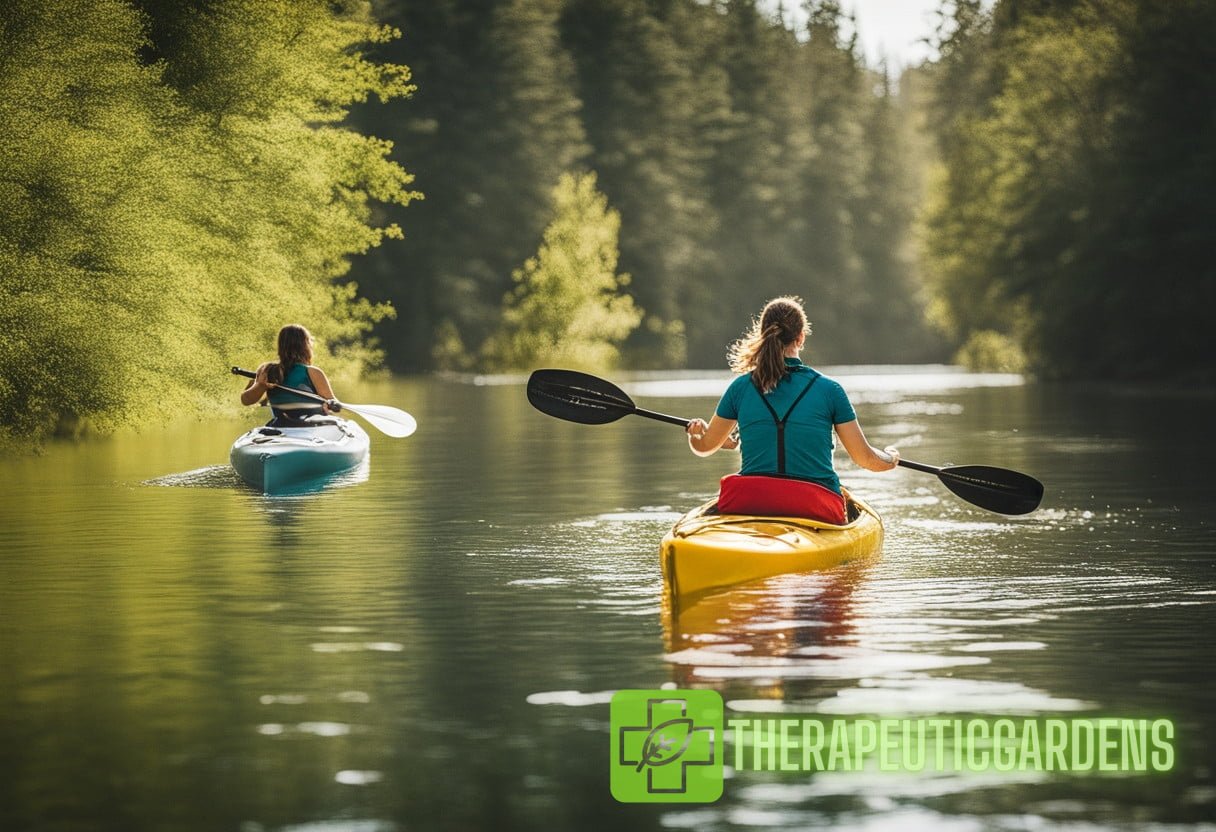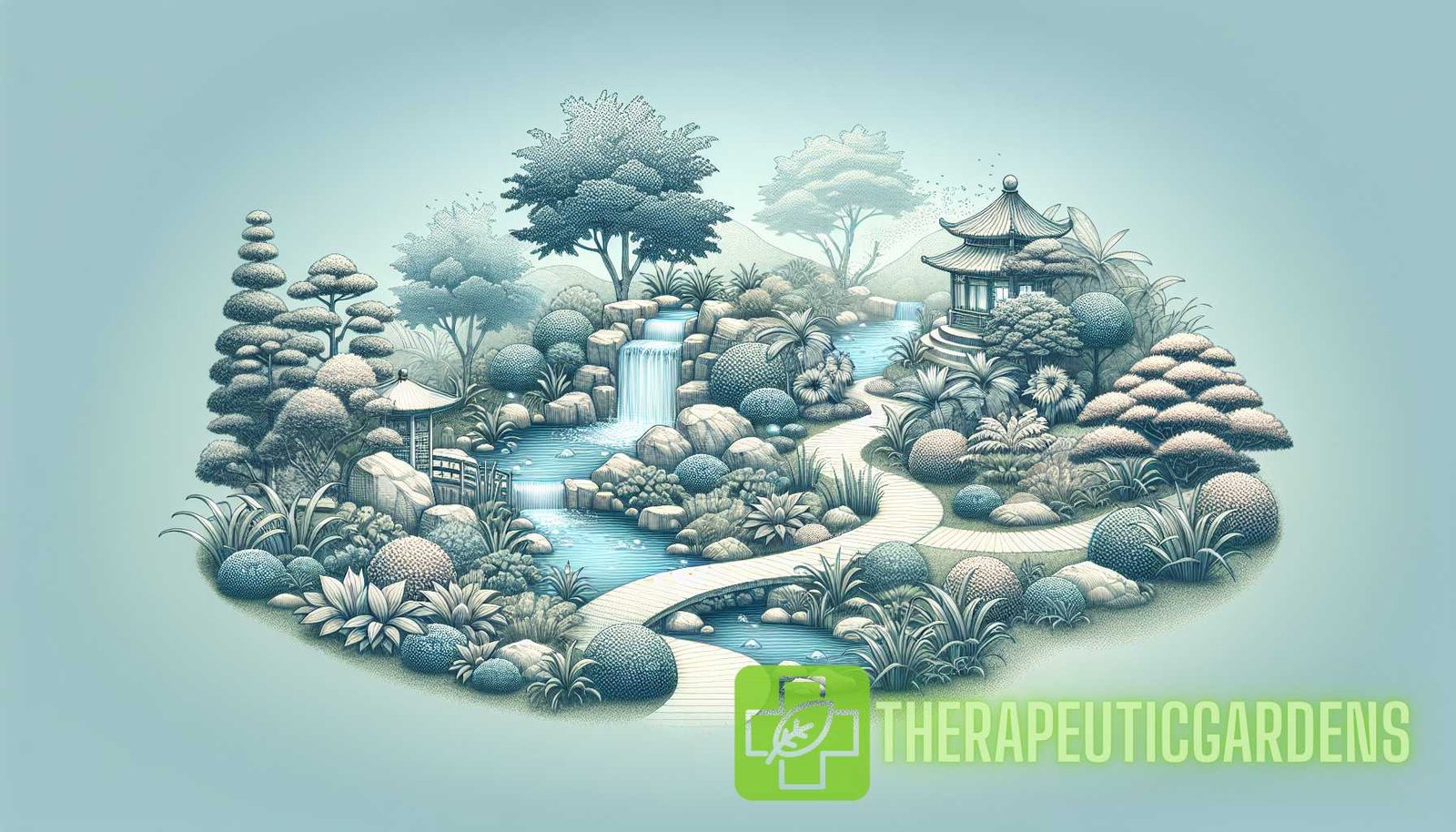Evergreen Waves: Harnessing Water’s Role in Psychological Resilience
Water, often described as a source of life, has been an abundant element in human history. Beyond its fundamental biological roles, water also holds significant psychological benefits. The calming nature of waves, the gentle trickling of streams, and the serene presence of lakes have profound impacts on mental health. In this comprehensive article, we explore the nexus between water and psychological resilience, drawing on scientific studies, expert opinions, and practical applications.
The Science Behind Water and Psychological Resilience
A growing body of research underscores the various ways water environments contribute to psychological well-being and resilience. The consistent findings across multiple scientific inquiries reveal compelling benefits associated with exposure to aquatic environments.
Stress Reduction
One of the most immediate effects of water exposure is stress reduction. According to a study by White et al. (2010), individuals who spent time near bodies of water reported significantly lower levels of stress compared to those who spent time in urban environments without water features.
Mechanisms:
- Sensory Reduction: Water environments typically involve fewer jarring sensory inputs compared to urban settings, facilitating relaxation.
- Natural Soundscapes: The sounds of water, whether it’s crashing waves or a babbling brook, induce a calming effect that lowers stress hormone levels.
Enhanced Mood
Mood enhancement is another critical psychological benefit gained from water exposure. A study published in the Journal of Environmental Psychology showed that participants who viewed water-supported environments exhibited higher levels of positive mood states than those who did not.
Mental Clarity and Creativity
Water environments have been found to bolster mental clarity and creativity. A phenomenon referred to as the “Blue Mind” state posits that aquatic environments encourage a mildly meditative state which, in turn, enhances cognitive function.
Supporting Data:
- A 2013 paper by Nichols and colleagues found that participants exposed to water environments exhibited improved problem-solving skills and creative thinking capabilities.
- Research from the University of Kansas supports this, showing a correlation between nature exposure, including aquatic settings, and improved cognitive performance.
Practical Applications for Enhancing Psychological Resilience
Understanding the benefits of water on psychological resilience is one part of the equation; the next step involves practical applications. Here are several strategies to incorporate water environments into daily routines for enhancing mental well-being.
Creating Personal Water Features
Integrating water features into living or workspaces can facilitate everyday exposure to the calming properties of water. These can range from small desktop fountains to more elaborate installations like ponds or koi tanks.
Implementation Tips:
- Select a location with enough natural light to keep the water feature visible.
- Integrate natural elements like rocks and plants to enhance the aesthetic and environmental benefits.
- Consider using water features with adjustable flow rates to create variable soundscapes that suit personal preferences.
Utilizing Local Aquatic Environments
For those who cannot install personal water features, local aquatic environments offer excellent alternatives. Parks with lakes, rivers, or oceanfront areas are easily accessible to many and provide natural settings for water exposure.
Activities:
- Take regular walks along beach fronts or river trails to integrate physical activity with the mental benefits of water exposure.
- Engage in activities like kayaking, canoeing, or paddleboarding to combine physical exercise with aquatic immersion.
- Practice mindfulness or meditation near water bodies to augment the meditative benefits of the natural water ambiance.

Virtual Water Environments
While in-person experiences are ideal, virtual simulations of aquatic environments can also provide notable psychological benefits. Virtual reality (VR) programs and digital applications offer immersive water experiences that can be customized to individual preferences.
Benefits:
- Accessible to those who may have mobility restrictions or live in urban settings devoid of natural water bodies.
- Customizable settings that range from serene lakes to tropical oceans, providing varied sensory experiences.
- Adaptable to use in therapeutic settings, enabling practitioners to integrate virtual aquatic environments into treatment plans.
Case Studies and Expert Opinions
Listening to experts and reviewing case studies enhances our understanding of how water environments contribute to psychological resilience.
Expert Insights
Dr. Wallace J. Nichols, marine biologist and author, coined the term “Blue Mind” to describe the mildly meditative state that people experience when near, in, on, or under water.
Clinical Psychology Perspective: Dr. Sarah Walker’s research at the University of California demonstrates the resilience-building effects of aquatic environments in treating patients with PTSD and anxiety disorders.
Real-life Applications: Case Studies
Urban Water Feature Installation: In 2015, the city of Toronto installed water features in a downtown park, resulting in a statistically significant drop in reported stress levels among park visitors.
Clinical Program: A mental health center in Florida introduced water-based therapy sessions, leading to enhanced therapeutic outcomes and reduced recidivism rates among patients with chronic mental health conditions.
Potential Challenges and Considerations
While the benefits are well-supported, it is essential to recognize potential challenges and considerations associated with integrating water environments into psychological resilience strategies.
Accessibility
Not everyone has equal access to natural bodies of water or the resources needed to install personal water features. Urban planning initiatives can bridge this gap by incorporating communal water installations.
Environmental Impact
Introducing artificial water features must be done with ecological considerations in mind. Ensuring that materials used are sustainable and the water usage is efficient is crucial to mitigating environmental impacts.
Consistency and Maintenance
The therapeutic benefits of water environments require consistent exposure. Regular maintenance of personal and public water features is necessary to ensure they remain functional and beneficial.
Conclusion
Harnessing the power of water for psychological resilience is not merely a speculative idea; it is an evidence-based approach with considerable empirical support. From stress reduction to enhanced mood, mental clarity, and creative thinking, water environments offer a versatile array of psychological benefits.
Whether through personal water features, visits to local aquatic environments, or virtual water experiences, incorporating water into daily life can serve as a robust strategy for bolstering mental health. For a deeper dive into how aquatic serenity can influence mental well-being, you can read more here.



